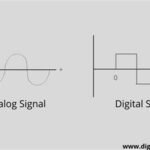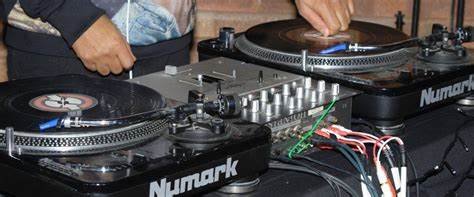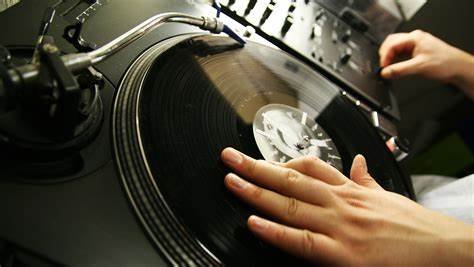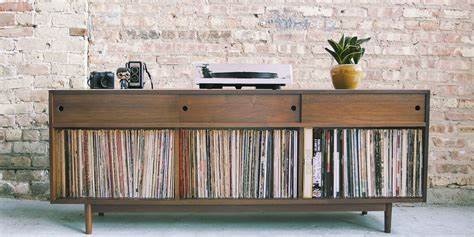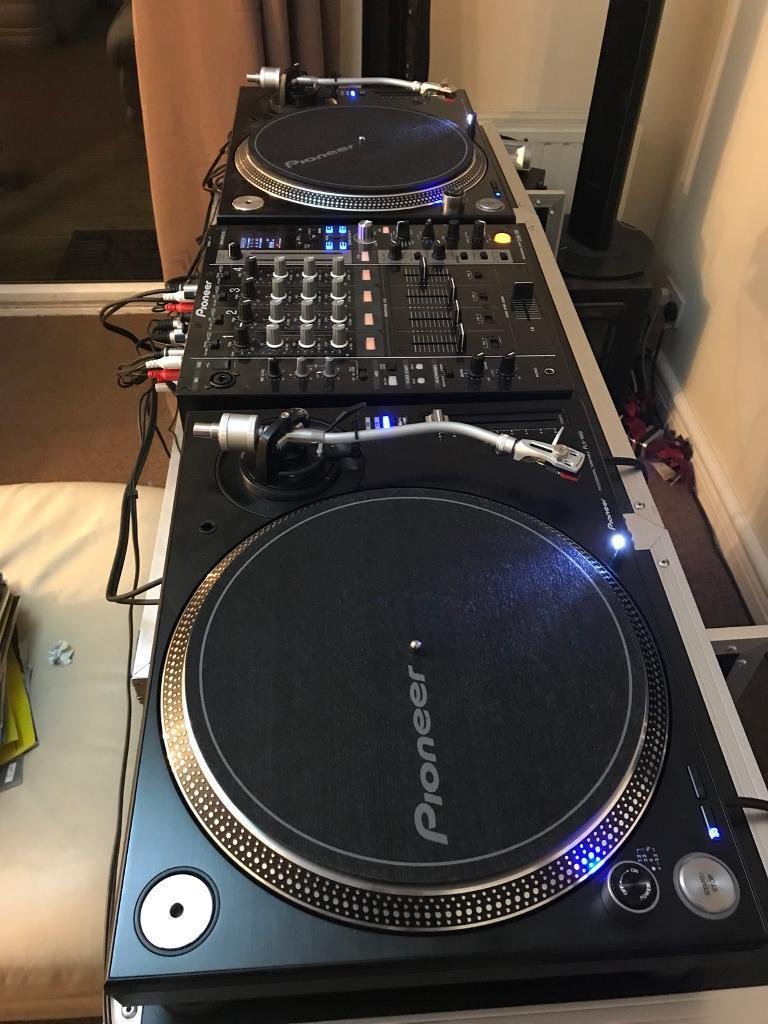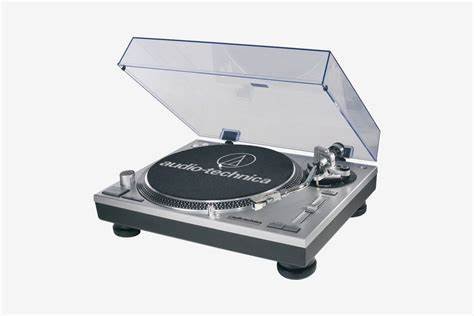Vinyl DJing is an art form that has stood the test of time. With its tactile feel, warm sound, and authentic connection to the music, vinyl offers a unique experience for DJs and listeners alike. Whether you’re transitioning from digital DJing or starting fresh, this guide will walk you through the basics of vinyl DJing and what you need to get started.
1. Understand the Essentials of Vinyl DJing
Before diving into vinyl DJing, it’s important to familiarize yourself with the basics of the craft.
- Manual Beatmatching: Unlike digital DJ setups that automatically sync tracks, vinyl DJs must manually match the tempo of two records by adjusting the speed on the turntable using the pitch control.
- Cueing: In vinyl DJing, there is no waveform to show you where the next beat is coming. Cueing requires you to listen closely to your headphones and find the exact spot where the track should start.
- Scratching: Scratching is a technique unique to vinyl DJing, where DJs manipulate the record manually to create distinctive sound effects.
2. Get the Right Equipment
To begin vinyl DJing, you’ll need some essential equipment. Here’s what you’ll need to get started:
- Turntables: Choose high-quality, direct-drive turntables. These are preferred by most DJs because they offer more torque, stability, and durability.
- Mixer: A DJ mixer is needed to transition between tracks, adjust volume, and apply effects. Look for a mixer with a good crossfader and control options.
- Cartridge and Needle: The quality of your cartridges and needles plays a significant role in the sound quality of your mixes. Make sure to select durable, high-quality DJ cartridges designed for scratching and beatmatching.
- Headphones: Invest in a good pair of headphones that provide excellent sound isolation. These will help you cue up your tracks accurately.
3. Building Your Vinyl Collection
Building your vinyl collection is a critical part of the DJing experience. Start by collecting records that you enjoy and that will work well for mixing.
- Start Small: Begin with a limited collection of vinyl that you’re comfortable working with. You don’t need to have hundreds of records to get started—quality over quantity is key.
- Genres to Look For: Start by focusing on genres that are easy to mix, like house, techno, or disco. Once you’re comfortable, branch out into other styles.
- Condition of Records: Always check the condition of a record before buying it. Scratches, warping, and dirt can all affect sound quality.
As you build your vinyl DJ setup, you’ll discover the importance of finding reliable resources for both gear and inspiration. Much like how a well-curated record collection is essential, knowing where to find quality equipment makes all the difference. For those nights when you want to take a break from mixing, consider exploring the vibrant community at Jokaviproom Club for entertainment. Returning to your decks with fresh ears can often spark new creative approaches to your sets.
Remember that every legendary DJ started with just two turntables and a passion for music—your journey is no different.
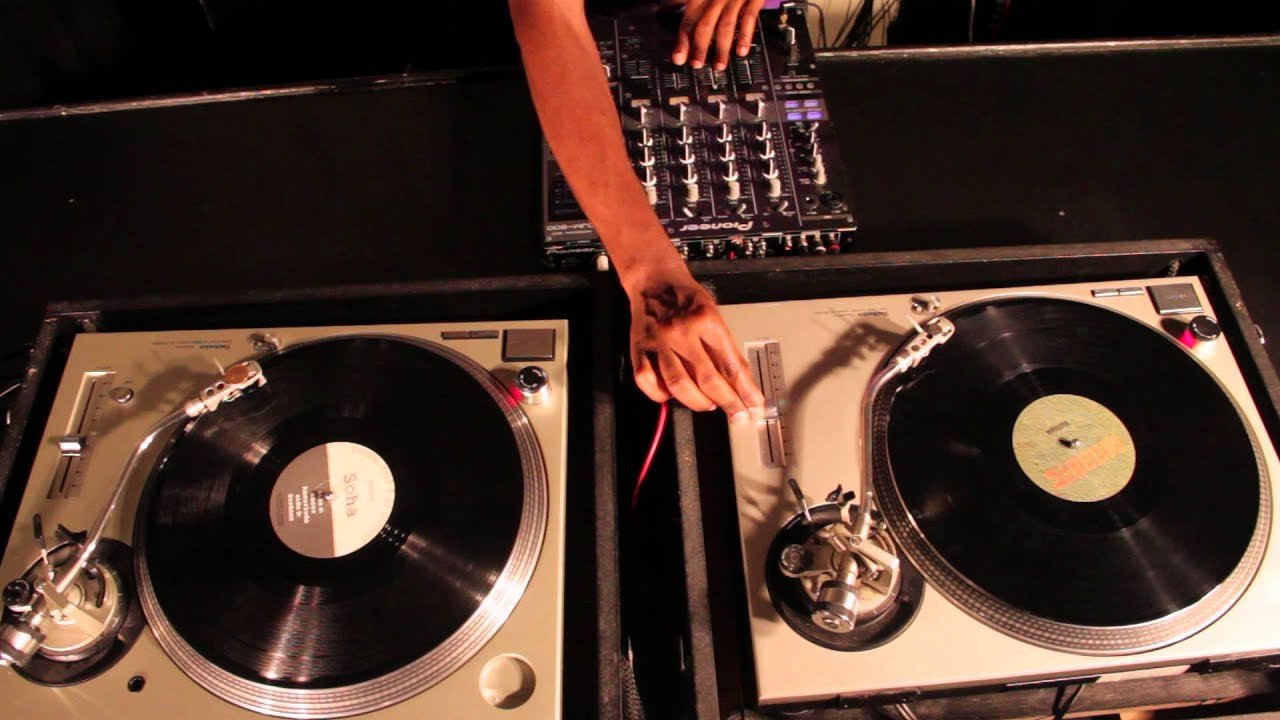
4. Learning to Mix with Vinyl
Mixing with vinyl requires practice and precision. Here are a few essential techniques to help you get started:
- Beatmatching: This is the foundation of vinyl DJing. Manually adjust the pitch of one track to match the tempo of the track you’re mixing with. Use the turntable’s pitch control and listen carefully through your headphones.
- Cueing: Learning how to properly cue a track without visual aids is an essential skill for vinyl DJs. With practice, you will develop an ear for finding the perfect start point.
- Transitions: Smoothly transitioning from one track to the next requires good timing. You can fade in and out or use the crossfader on your mixer to create seamless blends between songs.
- Scratching: Scratching is a fun and creative way to add flair to your sets. Start with simple forward and backward scratches, and gradually progress to more advanced techniques as you get more comfortable with the turntable.
5. Maintain Your Equipment
Proper maintenance of your vinyl setup is essential for long-term success.
- Clean Your Records: Dust and dirt can affect the sound quality and damage your records. Use a carbon fiber brush to gently clean the surface of your vinyl before playing it.
- Maintain Your Turntables: Regularly clean your turntables, especially the stylus (needle) and tonearm. Make sure the turntables are properly calibrated for optimal sound quality.
- Store Your Records Correctly: Store your vinyl records vertically, just like books on a shelf, and keep them in protective sleeves to prevent scratches and warping.
6. Develop Your Own Style
One of the best parts of vinyl DJing is the ability to create a unique sound and style.
- Experiment with Genres: Vinyl opens up opportunities to experiment with different genres that may not be as available digitally.
- Add Your Own Flavor: Use scratching, looping, and other creative techniques to personalize your mixes. The tactile nature of vinyl allows you to connect with the music on a deeper level and express your creativity in ways that digital DJing may not.
7. Play Live and Practice Often
The more you practice, the more confident you’ll become.
- Practice Regularly: Spend time experimenting with your turntables and mixing techniques. The more you practice, the better your skills will become.
- Play Live: Vinyl DJing is often performed live, where your audience can feel the energy of the music. Playing at small gigs or house parties can help you gain experience and improve your stage presence.
Conclusion
Vinyl DJing is an incredibly rewarding craft that allows you to connect with music in a deeper, more meaningful way. While the process may seem intimidating at first, with the right equipment, practice, and passion, you’ll soon be able to master the art of vinyl DJing. Embrace the learning process, develop your own style, and let the music guide you on this exciting journey.





